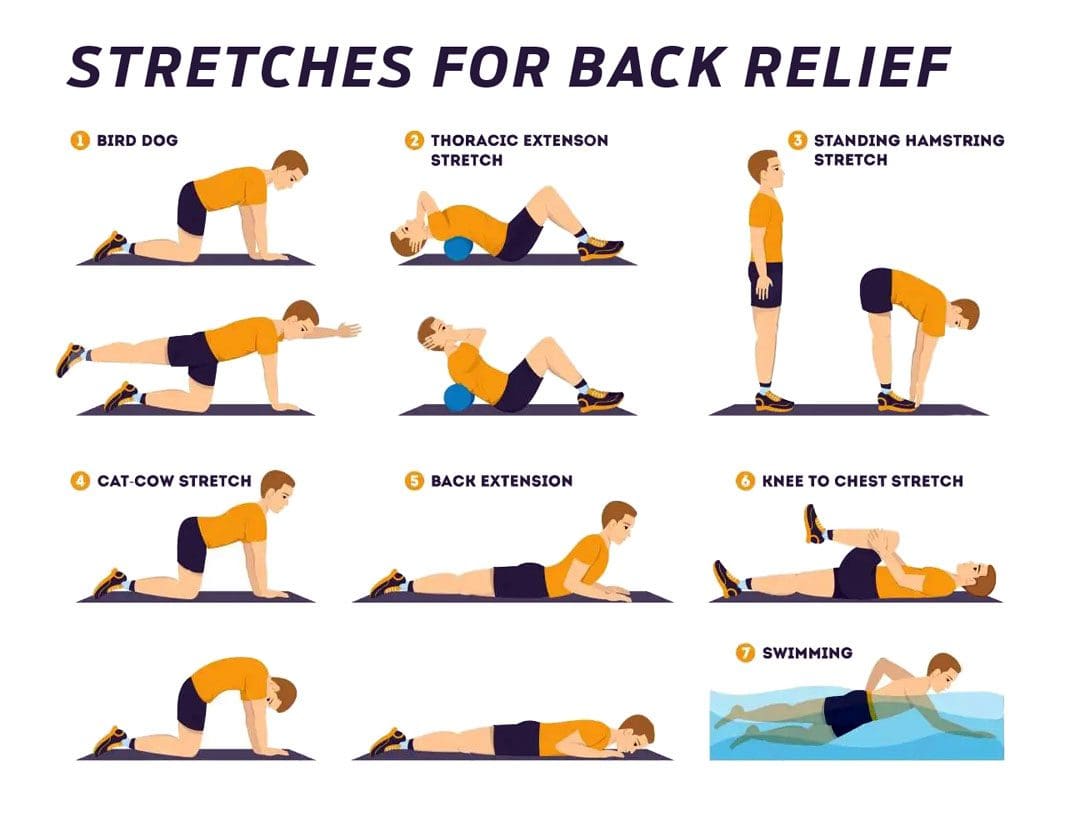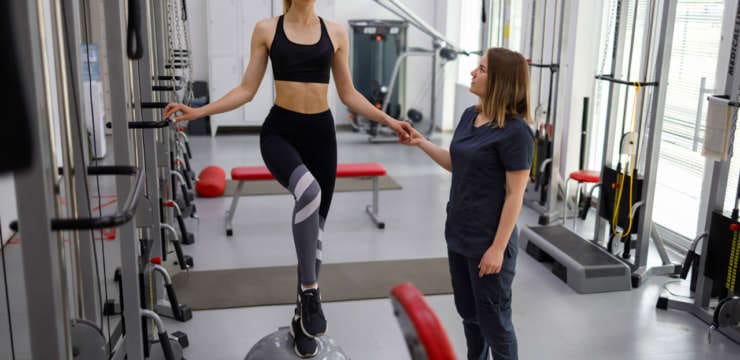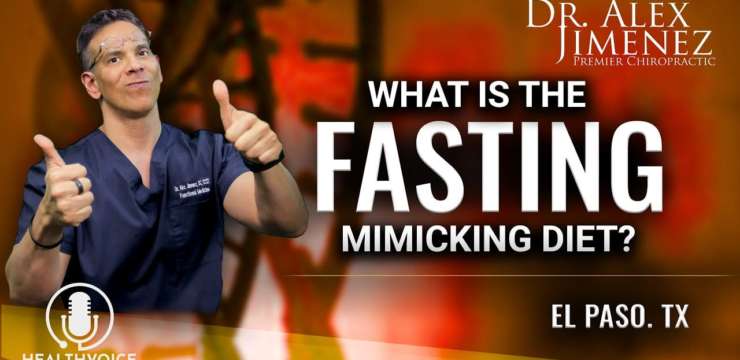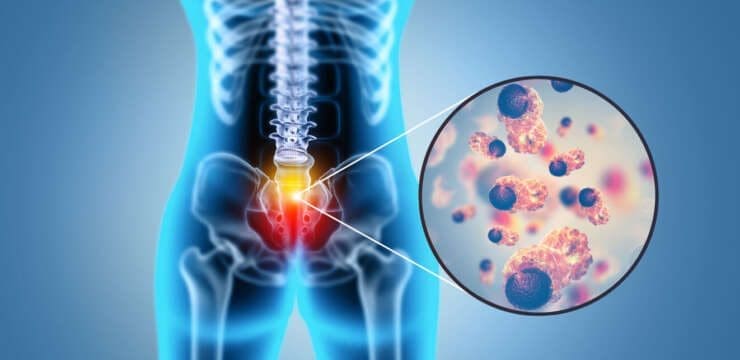
Can knowing how to stretch your back help reduce pain and improve your range of motion?

Table of Contents
Stretch Your Back
Over time, muscle tension can cause significant back pain and increase the risk of a back injury. Getting into a regular back stretching routine can help prevent back and spinal issues. These exercises can be performed when your back hurts to ease a backache or to avoid future problems. However, before beginning an exercise or stretch regimen, talk to your healthcare provider about any questions and what is safe for you. A few things to be mindful of are:
- When stretching, don’t try to push past your pain limit.
- Listen to your body, which leads to a calmer nervous system.
- Take special care when stretching during pregnancy, as the hormones supporting your pregnancy could lead to overstretching or injury.
Warm Up
Stretching cold muscles can lead to injury. Always warm up first.
- Do between five and 10 minutes of mild activity, such as walking.
- Apply heat for 15 to 20 minutes before stretching.
Knees-to-Chest Back Stretch
To perform:
- Lie on your back with your feet flat on the floor.
- Bring your legs toward your chest With your knees bent.
- Place your hands behind your thighs or on the shins, and pull the legs down toward your chest.
- Pull until there is a gentle stretch.
- Hold for 15 seconds.
- Return to the starting position.
- Do a total of 10 reps.
Supine Twist Back Stretch
To perform:
- Lie on your back with your knees bent and feet flat on the floor.
- Keep your back flat on the floor, rotate your hips to the left, and lower your legs until you feel the stretch.
- Hold for 15 seconds.
- Return to the starting position.
- Next, rotate the hips to the right and lower your legs to the floor until you feel a gentle stretch.
- Hold for 15 seconds.
- Return to the starting position.
- Repeat for nine reps.
Prone Bridging Back Stretch
To perform:
- Lie on your stomach.
- Prop yourself up on your elbows.
- Extend your back.
- Start straightening your elbows, further extending the back.
- Continue straightening the elbows until the stretch is felt.
- Hold for 15 seconds.
- Return to the starting position.
- Repeat for nine reps.
Supine Butt Lift Back Stretch
To perform:
- Lie on your back with your knees bent and feet flat on the floor.
- Push down through the feet as you slowly raise yourself off the floor.
- Hold for 10 seconds.
- Return to starting position.
- Repeat for nine reps.
Seated Forward Curl Back Stretch
To perform:
- Sit in a chair with your feet flat on the ground.
- Bend forward until your chest is on your thighs, and you can touch the ground with your hands.
- Hold for 10 seconds.
- Return to the starting position.
- Repeat for nine reps.
Side Stretch
To perform:
- Stand up straight with your arms at your sides and feet shoulder-width apart.
- Bend sideways to the left while sliding your left hand down your thigh and reaching your right arm over your head.
- Hold for 10 seconds.
- Return to the starting position.
- Now, bend to the right while sliding your right hand down your thigh and reaching your left arm over your head.
- Hold for 10 seconds.
- Repeat for nine reps.
Other Treatments to Loosen a Tight Back
Many healthcare providers recommend other treatments for back pain before using medication. Recommended treatments that can help loosen the back include: (Sudhakaran P. 2021)
Acupuncture
- Acupuncture needles are inserted in release points to unblock stagnated blood and energy circulation.
- They have an analgesic, pain-relieving effect. (Foley C., & Litscher G. 2024)
Massage Therapy
- Various massages involve kneading soft tissue in the back with hands, fingers, elbows, or instruments/tools/devices to relieve stress or pain.
Spinal Manipulation
- Practiced by chiropractors, this therapy involves using the hands or instruments/tools/devices to manipulate the joints in the spine to relieve pain.
Tai Chi
- Based on martial arts, slow movements, and deep breaths help to work muscle groups in flowing motions, supporting back strength and overall health.
Yoga
- Yoga combines physical poses, breathwork, and meditation to help build strength, be restorative, and relax the body.
Anti-inflammatory Diet
- An anti-inflammatory diet can also benefit tight muscles. (U.S. Department of Defense, 2012)
- Incorporating foods like those on the Mediterranean diet, which emphasizes fish, vegetables, and olive oil, can help reduce chronic inflammation and help with back pain.
Injury Medical Chiropractic and Functional Medicine Clinic
Injury Medical Chiropractic and Functional Medicine Clinic works for you to relieve pain, restore function, prevent injury, and help mitigate issues through adjustments that help the body realign itself. We build optimal health and wellness solutions with primary healthcare providers and specialists to integrate a treatment plan to resolve musculoskeletal problems.
Stretching Benefits
References
Sudhakaran P. (2021). Acupuncture for Low-Back Pain. Medical acupuncture, 33(3), 219–225. doi.org/10.1089/acu.2020.1499
Foley, C., & Litscher, G. (2024). The Biggest Obstacle to the Integration of Acupuncture: The Meaning of Qi from the Ancients to Einstein. Medical acupuncture, 36(1), 5–11. doi.org/10.1089/acu.2023.0054
U.S. Department of Defense. (2012). Complementary Alternative Medicine for Low Back Pain. Retrieved from media.defense.gov/2019/Oct/22/2002198454/-1/-1/0/CAM%20FOR%20LOW%20BACK%20PAIN.PDF
Disclaimers
Professional Scope of Practice *
The information herein on "The Importance of Back Stretching to Avoid Injury" is not intended to replace a one-on-one relationship with a qualified health care professional or licensed physician and is not medical advice. We encourage you to make healthcare decisions based on your research and partnership with a qualified healthcare professional.
Blog Information & Scope Discussions
Welcome to El Paso's wellness blog, where Dr. Alex Jimenez, DC, FNP-C, a board-certified Family Practice Nurse Practitioner (FNP-C) and Chiropractor (DC), presents insights on how our team is dedicated to holistic healing and personalized care. Our practice aligns with evidence-based treatment protocols inspired by integrative medicine principles, similar to those found on dralexjimenez.com, focusing on restoring health naturally for patients of all ages.
Our areas of chiropractic practice include Wellness & Nutrition, Chronic Pain, Personal Injury, Auto Accident Care, Work Injuries, Back Injury, Low Back Pain, Neck Pain, Migraine Headaches, Sports Injuries, Severe Sciatica, Scoliosis, Complex Herniated Discs, Fibromyalgia, Chronic Pain, Complex Injuries, Stress Management, Functional Medicine Treatments, and in-scope care protocols.
Our information scope is limited to chiropractic, musculoskeletal, physical medicine, wellness, contributing etiological viscerosomatic disturbances within clinical presentations, associated somato-visceral reflex clinical dynamics, subluxation complexes, sensitive health issues, and functional medicine articles, topics, and discussions.
We provide and present clinical collaboration with specialists from various disciplines. Each specialist is governed by their professional scope of practice and their jurisdiction of licensure. We use functional health & wellness protocols to treat and support care for the injuries or disorders of the musculoskeletal system.
Our videos, posts, topics, subjects, and insights cover clinical matters, issues, and topics that relate to and directly or indirectly support our clinical scope of practice.*
Our office has reasonably attempted to provide supportive citations and has identified the relevant research studies or studies supporting our posts. We provide copies of supporting research studies available to regulatory boards and the public upon request.
We understand that we cover matters that require an additional explanation of how they may assist in a particular care plan or treatment protocol; therefore, to discuss the subject matter above further, please feel free to ask Dr. Alex Jimenez, DC, APRN, FNP-BC, or contact us at 915-850-0900.
We are here to help you and your family.
Blessings
Dr. Alex Jimenez DC, MSACP, APRN, FNP-BC*, CCST, IFMCP, CFMP, ATN
email: coach@elpasofunctionalmedicine.com
Licensed as a Doctor of Chiropractic (DC) in Texas & New Mexico*
Texas DC License # TX5807
New Mexico DC License # NM-DC2182
Licensed as a Registered Nurse (RN*) in Texas & Multistate
Texas RN License # 1191402
ANCC FNP-BC: Board Certified Nurse Practitioner*
Compact Status: Multi-State License: Authorized to Practice in 40 States*
Graduate with Honors: ICHS: MSN-FNP (Family Nurse Practitioner Program)
Degree Granted. Master's in Family Practice MSN Diploma (Cum Laude)
Dr. Alex Jimenez, DC, APRN, FNP-BC*, CFMP, IFMCP, ATN, CCST
My Digital Business Card






